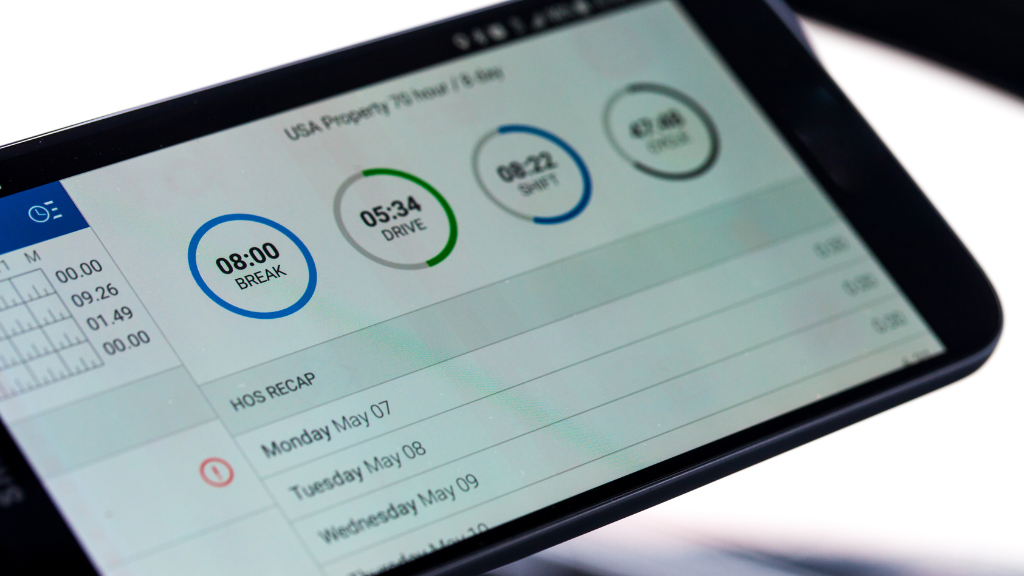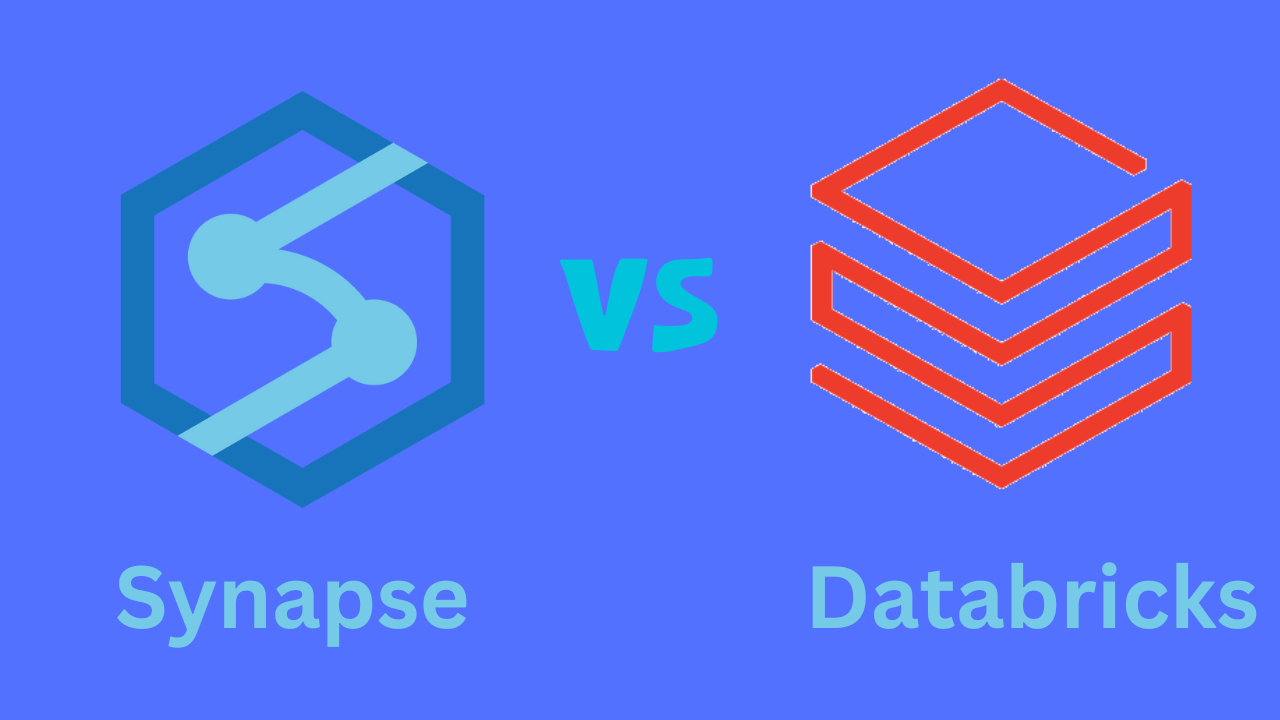Electronic Logging Devices (ELDs) are an essential tool for commercial motor vehicle (CMV) drivers and fleet managers to ensure compliance with the Federal Motor Carrier Safety Administration (FMCSA) regulations. ELDs are electronic devices that are used to record a driver’s Record of Duty Status (RODS), replacing the traditional paper logbooks. This article provides a comprehensive guide to ELDs, including their benefits, requirements, and implementation.
JSON vs CSV: A Comparative Analysis of Data Formats
Understanding Electronic Logging Devices

ELDs are electronic devices that are used to record a driver’s RODS. They are designed to replace the traditional paper logbooks that drivers have been using for decades. ELDs are connected to the vehicle’s engine and automatically record driving time, engine hours, vehicle movement, and location information. ELDs also provide drivers with a user-friendly interface to manage their RODS, including editing, certifying, and sharing their logs with law enforcement officers.
Tpu vs Gpu: The Giants of Computational Power
Benefits of Electronic Logging Devices
ELDs provide several benefits to drivers and fleet managers, including:
- Improved Compliance: ELDs help drivers and fleet managers comply with the FMCSA regulations by automatically recording driving time and reducing the risk of errors and falsification.
- Increased Safety: ELDs help reduce the risk of accidents by ensuring that drivers are not driving beyond their hours of service (HOS) limits.
- Time Savings: ELDs save time for drivers and fleet managers by automating the RODS process and reducing the time spent on paperwork.
- Cost Savings: ELDs help reduce costs associated with paper logbooks, including printing, storage, and retrieval.
Requirements for Electronic Logging Devices
- ELDs must meet the technical specifications set forth in the Appendix to Subpart B of Part 395 of title 49, Code of Federal Regulations.
- ELD providers must also follow the test plan and procedures outlined in the FMCSA’s ELD Test Plan and Procedures document.
- ELDs must be certified by the FMCSA before they can be used by drivers and fleet managers.
Implementation of Electronic Logging Devices
The implementation of ELDs requires careful planning and preparation. Fleet managers must select a reliable and compliant ELD provider and ensure that their drivers are trained on how to use the devices. Drivers must also be provided with the necessary equipment, including tablets or smartphones, to access and manage their RODS.
Fleet managers must also ensure that their ELDs are properly installed and configured in their vehicles. ELDs must be connected to the vehicle’s engine and must be able to automatically record driving time, engine hours, vehicle movement, and location information. Fleet managers must also ensure that their ELDs are properly integrated with their fleet management systems to ensure efficient and accurate data transfer. ELD providers must also ensure that their devices are compliant with the FMCSA regulations and that they provide adequate customer support to their clients. ELD providers must also ensure that their devices are regularly updated to ensure compliance with any changes to the regulations.
ELD Mandate

The ELD mandate was introduced by the FMCSA to improve safety on the roads and reduce the risk of accidents caused by driver fatigue. The mandate requires all CMV drivers who are currently required to maintain RODS to use ELDs to record their driving time. The mandate also requires ELDs to meet specific technical specifications and be certified by the FMCSA.
Conclusion
ELDs are an essential tool for drivers and fleet managers to ensure compliance with the FMCSA regulations. ELDs provide several benefits, including improved compliance, increased safety, time savings, and cost savings. The implementation of ELDs requires careful planning and preparation, including selecting a reliable and compliant ELD provider, training drivers, and ensuring proper installation and configuration of the devices.
ELD providers must also ensure that their devices are compliant with the FMCSA regulations and that they provide adequate customer support to their clients. By implementing ELDs, drivers and fleet managers can improve their compliance, increase safety, and save time and money.

















